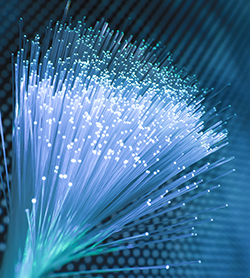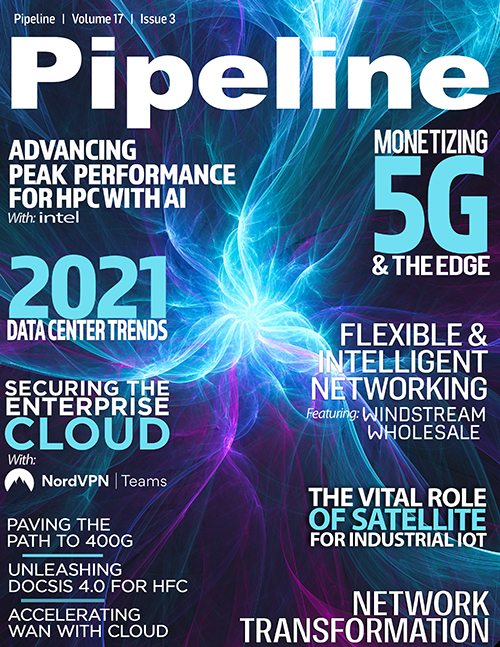Unleashing DOCSIS 4.0 for HFC & FTTH
By: Ayham Al-Banna, Tom Cloonan

HFC network evolution is one of the most complex and impactful set of decisions facing today’s operators. The difficulty is identifying potential market challenges and addressing them with the right technology in a timely and cost-effective manner. The operative term is “right technology.”
DOCSIS 4.0 (D4.0) is designed to carry the cable industry into the 10G future. It will enable 10 Gbps downstream (DS) rates and 5 Gbps upstream (US) rates. It’s the first DOCSIS standard to incorporate both Full Duplex DOCSIS (FDX) and Extended Spectrum DOCSIS (ESD)—the two primary pathways for evolving today’s HFC networks.
The choice between FDX and ESD is just one of many facing operators now. But there is also the question of what to do with today’s technology. The considerations include timing, cost, and competition. To take the next steps along a path to migration, operators must make crucial technology decisions in the context of the market and their customers’ needs. Let’s look at some of the trends and options influencing these decisions.
The COVID-19 pandemic
The pandemic has caused significant increases in DS and US consumption as countries and cities enforce lockdowns to control the disease. With people sitting at home for many more hours per day than usual, network consumption has skyrocketed. The biggest culprits include video streaming, remote working and learning, virtual video gatherings, and gaming.
At its peak, COVID accounted for nearly 50 percent increases in US bandwidth use and 25 percent upticks in DS utilization (measured during the busy hour in the evening). Based on our traffic engineering models, we expect these to settle to about half on an ongoing basis in the near future.
DOCSIS 4.0 - network migration tools
There are many solutions in the network migration toolbox. These can be used to phase in an optimal migration path that extends the useful lifespan of today’s HFC network while gradually transforming it into its desired form as a Fiber-to-the-Home (FTTH) network for the future.
One of the most effective tools is selective subscriber migration. This is where operators move customers requiring very high peak rates onto a different platform—an overlay FTTH network running a specific flavor of PON, for example. The benefit of this approach is that it avoids the need to upgrade the entire network to meet the abnormal service levels associated with very small penetration rates. If only a select number of residential or business customers are requesting symmetrical 10 Gbps service, then it makes sense to move those few customers to 10G PON as opposed to overhauling the whole HFC network.
Another popular solution is node splits and segmentations, which can help to reduce the number of subscribers in each service group, leading to less congestion and the ability to support higher peak service rates for longer periods.
There are also multiple US split upgrade options supported by DOCSIS 3.1 specifications to achieve higher peak rates: sub-split (5-42 MHz in NA and 5-65 MHz in Europe), mid-split (5-85 MHz), and high-split (5-204 MHz). Supporting US rates up to 400 Mbps will require moving from sub-split to mid-split. On the other hand, supporting US rates in excess of 1 Gbps will require a move to a high-split architecture. D4.0 specifications add ultra-high-split options with US limits up to 300 MHz, 396 MHz, 492 MHz, and 684 MHz. These may someday permit US rates up to 5 Gbps.
Another way to free crucial spectrum is video delivery optimization via digital video, switched digital video, and IPTV. Analog channels do not utilize spectrum very efficiently, so transitioning video from analog to digital channels will enable better utilization of the scarce spectrum via more efficient encoding schemes of the digital content.




















